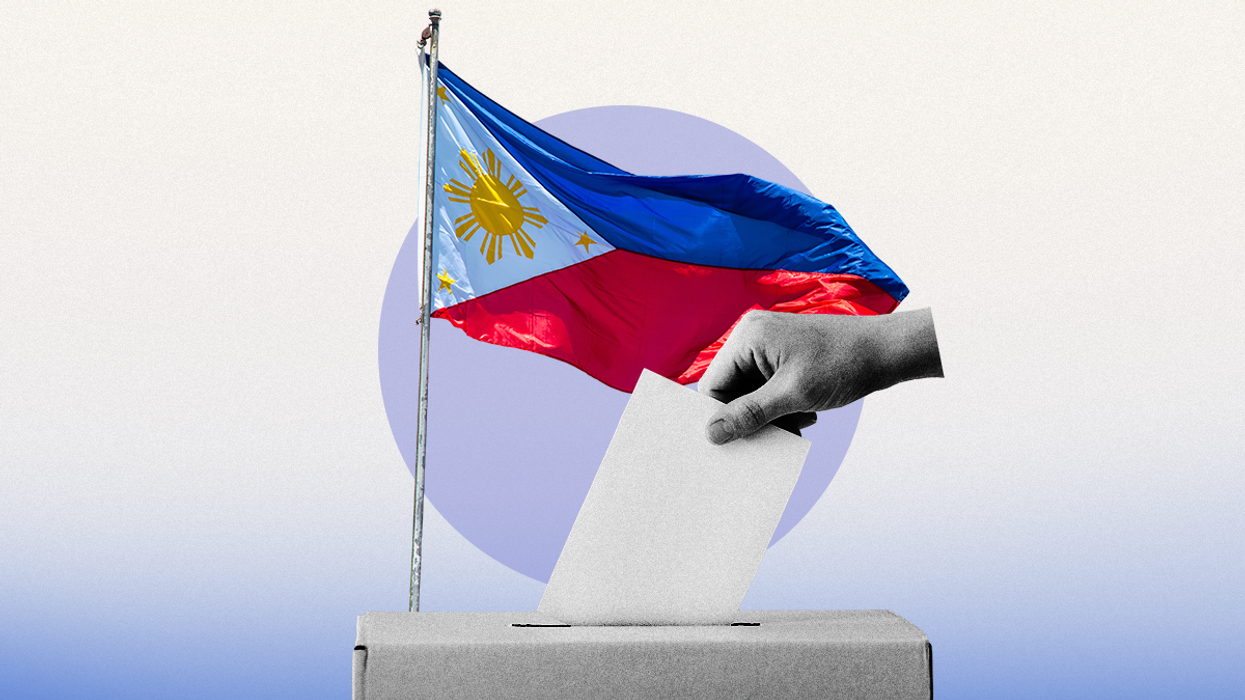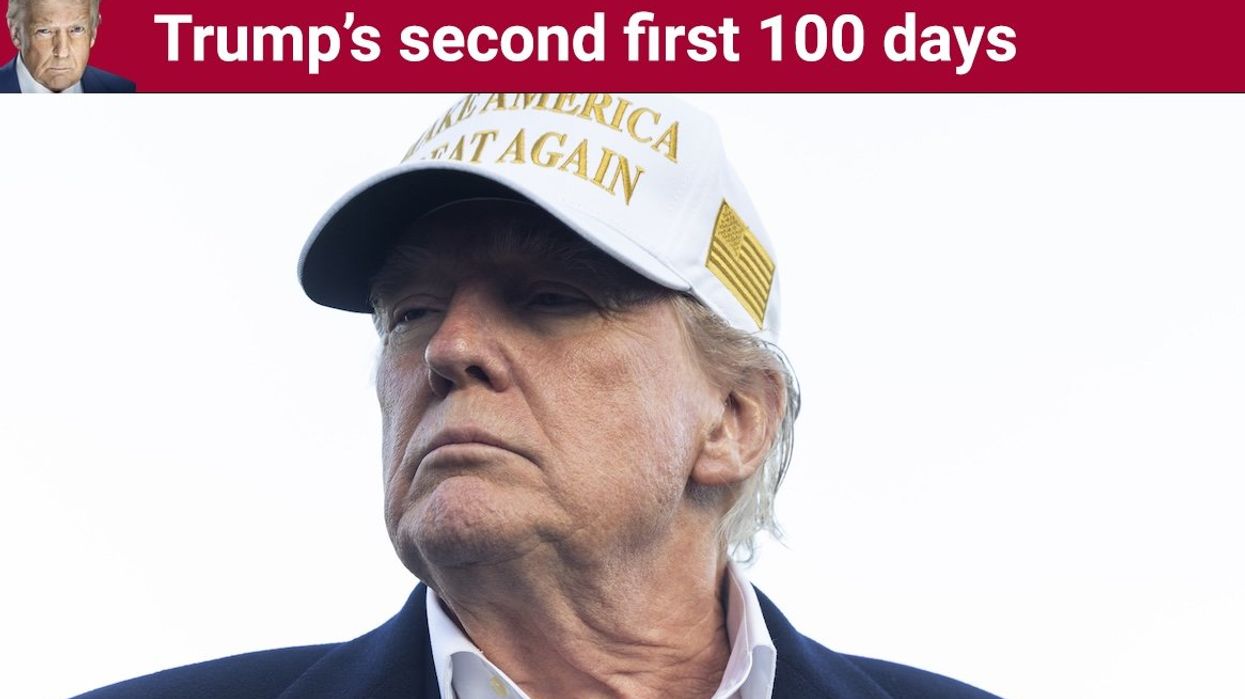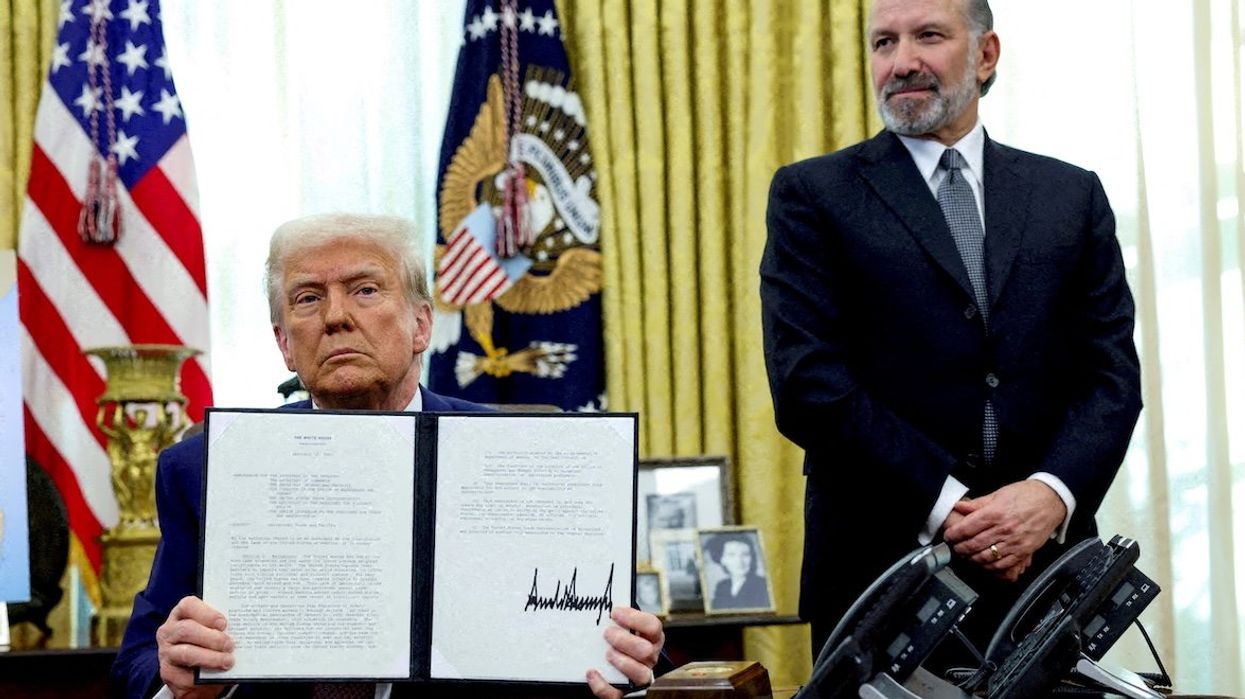After Japanese Prime Minister Fumio Kishida announced last month that he would not seek a new three-year term as head of the ruling Liberal Democratic Party, or LDP, the winner of the party’s leadership contest on Sept. 27 will replace Kishida as prime minister. Given his low approval ratings, Kishida had been under mounting pressure to step aside.
Ahead of the Sept. 12 start of the official campaign for the LDP’s leadership, we asked Eurasia Group expert David Boling to explain the significance of this contest.
Kishida won’t be running for a new term as LDP president. What happens next?
Nine candidates have announced that they’ll be running ahead of the 15-day campaign period. Because of this record number of candidates, a same-day runoff between the top two candidates is a near certainty soon after the first round of voting. LDP lawmakers and rank-and-file members will have the right to vote. But in the runoff, the votes of the lawmakers have substantially more weight.
Because the LDP controls the lower house, whoever is elected as the new party head will be approved by the parliament to become Japan’s next prime minister within days of the leadership contest. That person will form a cabinet soon after taking office and will probably call a lower house election in October or November.
Why did Kishida make this decision?
Kishida’s approval ratings have been abysmal since November. That’s when a political fundraising scandal exploded involving many LDP politicians. His average approval ratings fell well below 30% — in some polls below 20% — and have been stuck there since.
A June poll showed that only 10% of respondents wanted Kishida to continue as prime minister. Although Kishida has handled Japan’s foreign relations very well, he has also struggled to manage the economy. Inflation has not been as high in Japan as in other countries, but it has had a very negative political impact on Kishida. Even modest increases in prices cause great anxiety for the Japanese public after decades of deflation.
Do you expect this leadership change to have a big impact on policy?
Probably not. The LDP has ruled Japan for most of the post-war era and whoever is ultimately the new prime minister will hail from the party. The LDP is a center-right party and a staunch supporter of the US-Japan alliance. That will not change.
On economic policy, there could be some shift in fiscal or monetary policy, depending on who wins. But my guess is that it will not be dramatic. Japan is the land of incrementalism. Dramatic shifts in policy are not part of its DNA.
The current front-runners for the job of party leader — based on polling of LDP supporters — are former Defense Minister Shigeru Ishiba, former Environmental Minister Shinjiro Koizumi, and current Economic Security Minister Sanae Takaichi.
How about on the next election?
A big reason why Kishida was ousted is that LDP politicians were becoming increasingly worried about the party’s prospects in the next lower house election, especially with Kishida as the face of the party.
The LDP itself now has low approval ratings, mainly owing to the political fundraising scandal. A sense of panic had started to take hold among party members that the LDP could lose a significant number of seats in the lower house election, which must occur by October 2025.
How the LDP does in that election will depend a lot on who party members choose as their next standard bearer. If they opt for a leader who represents a break from business-as-usual politics, they’ll probably do well. The opposition parties are weak and splintered, so that redounds to the LDP’s benefit, too.
But if the LDP elects a business-as-usual, old-school politician, they may suffer some losses.
Japan has a history of frequent prime minister changes – why is that?
Yes, there have been periods of rapid turnover. In particular, from 2006-2012, Japan changed prime ministers about once a year — a proverbial revolving door.
But then Shinzo Abe returned as prime minister in 2012 and was in power for a remarkably long time, until 2020. Comparatively speaking, Kishida has been a rather long-serving prime minister, at about three years. That makes him the eighth longest-serving prime minister in the post-war era.
The LDP’s long-standing parliamentary majority makes it the party most likely to produce a prime minister. Yet, the LDP’s own internal party rules – such as a vote to renew its leadership every three years – create a system that can replace prime ministers frequently.
Though forced to make these frequent leadership changes, the LDP has held onto power for most of the post-war period – why is that?
The Japanese public supports the LDP’s basic policy stances as a conservative, pro-business, pro-US alliance party. So, the LDP has been skillful at tracking the overall mood of the Japanese public.
When the LDP lost power from 2009-2012, the ruling party at the time — the Democratic Party — did a miserable job. Many Japanese have bad memories of that time.
They remain skeptical of the opposition parties’ ability to govern, as a result. Opposition parties in Japan are not seen as ready for prime time. So, although the Japanese public may grouse about the LDP, they trust it to manage the country more than they do the opposition parties.
Edited by Jonathan House, senior editor at Eurasia Group.



















